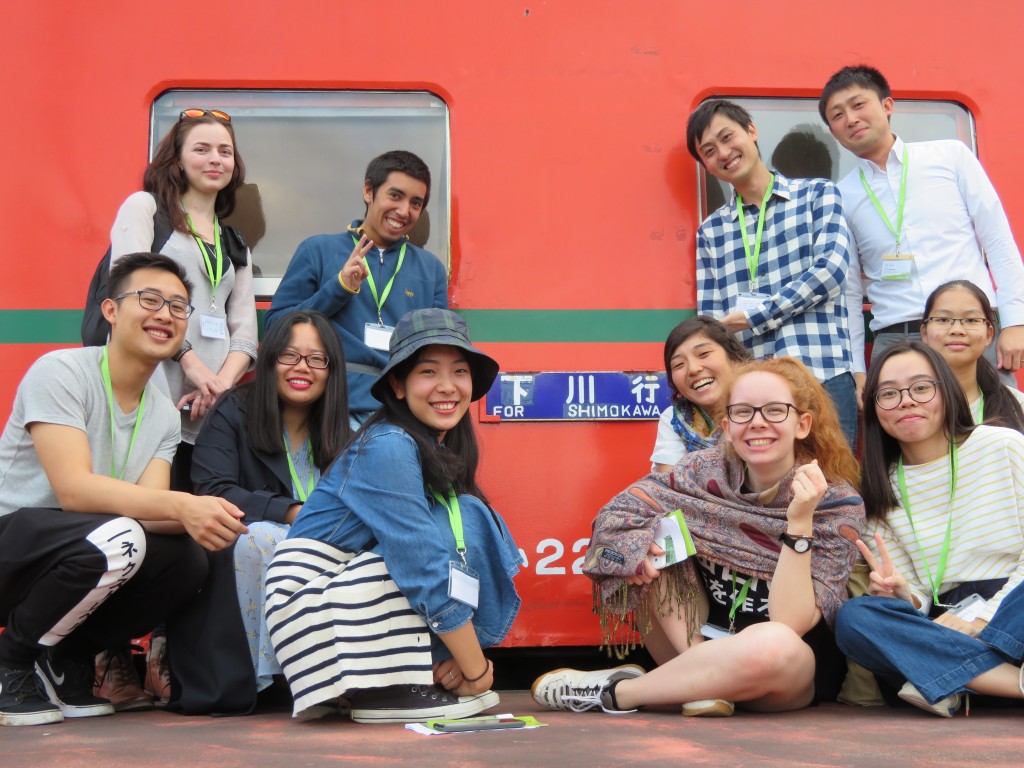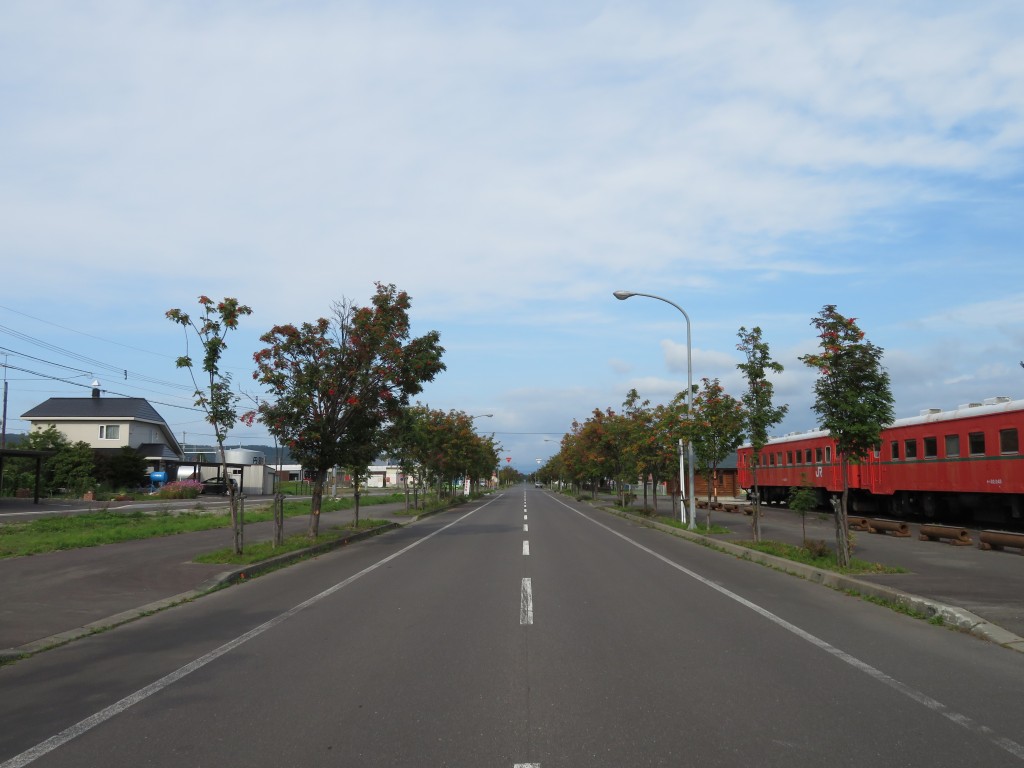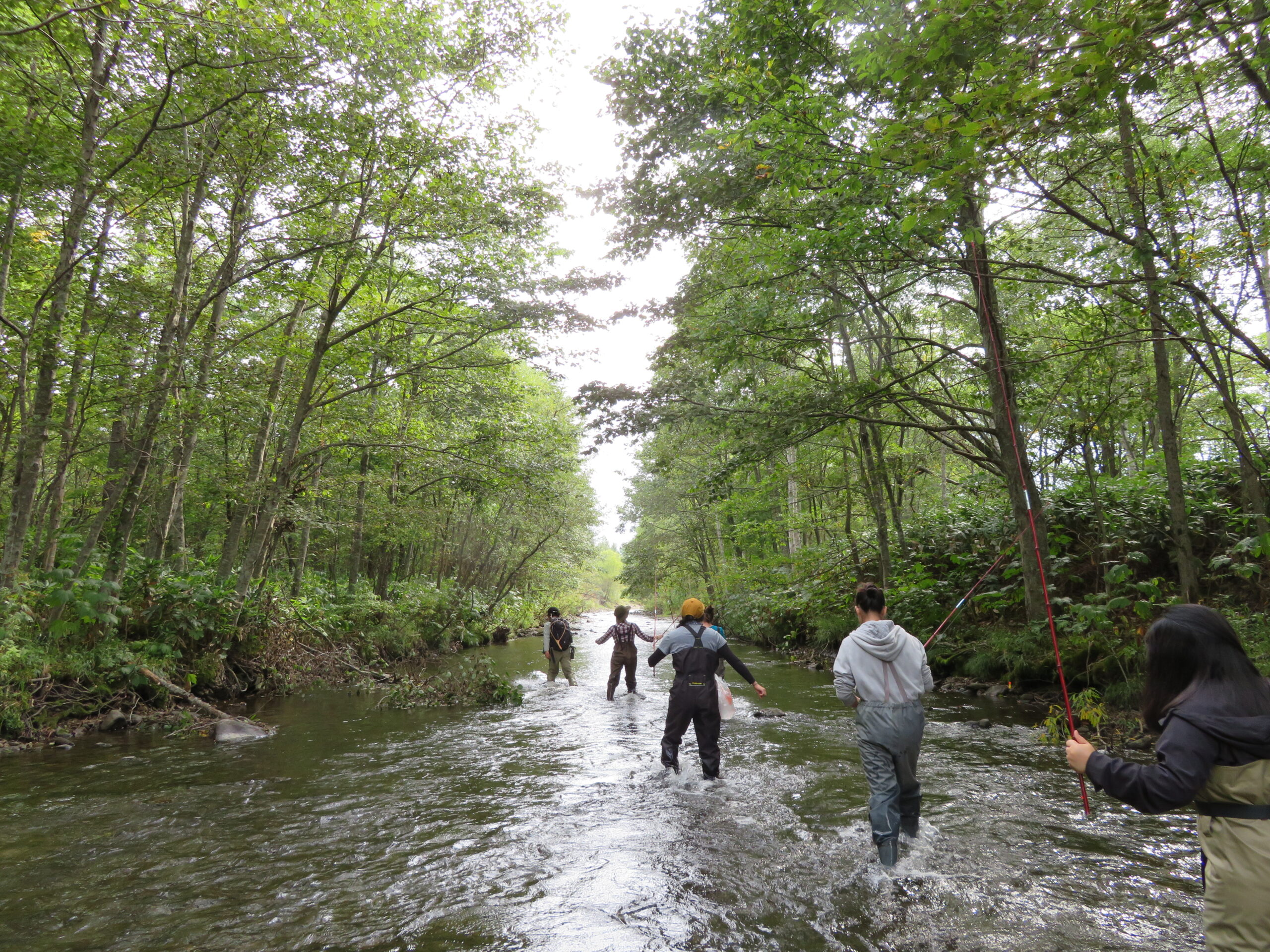CATEGORY
Day 1~下川町が作る未来への道しるべ -Future City Shimokawa-
みなさん、こんにちは!今回(株)BOUNDLESS主催の地方創生パートナーズに参加させていただいている参加者を代表してブログを書かせていただくことになりました。
今回の参加者の国籍はマレーシア、チリ、ベトナム、アメリカ、台湾とフランスで、福岡、大阪、静岡、東京と札幌在住の学生や社会人です。
この度は下川町に5日間滞在し、下川町の持続可能な社会づくりの政策や取り組みを学び、下川町の豊富な資源の活用方法を体験し、そして観光を楽しみ、下川町の観光促進および情報発信に携わらせていただきます。
一見、下川町は北海道のほかの田舎町とあまり変わらないように見えます。
もともと鉱山の産業が盛んだったのですが、1980年代には鉱山が休山し、鉱業が衰退するのにつれ、人口減少にも繋がり、地域衰退に陥ってしまいました。
この課題は下川町に限らず、日本全国に共通する課題でもあります。
下川町は東京都23区と同じ面積ですが、土地の9割は森林で占められています。下川町の中心部にはスーパーが2軒あって、街中には人影が少ないという印象を受けます。
なんだか寂しい町だなと思ったのですが、第一印象には騙されてはいけません!
下川町のすごさを後に気づかされてびっくり仰天しました。
下川町は日本の地方によくある「少子高齢化」「地域の衰退」という課題を抱えているとはいえ、町の人々は地域活性化に向けて一生懸命取り組んでおり、町の将来に大きなビジョンを掲げています。2017年にはSDGs未来都市として選ばれ、2018年にはSDGsジャパン賞の総理大臣賞を受賞し、持続可能な社会づくりの取り組みが評価されました。
また、町の取り組みを実施するにあたって住民たちを巻き込んで、共通な目標を掲げてともに進めてきました。
街中の空き家が増え、人口がどんどん流出しました。
そこで町の住民は危機感を覚え、何かやらなきゃという意識が芽生えたのです。
私たちは2つのことに注目しました。
1つはいわゆる「バックキャスティング」です。
2030年の下川町の理想像を地域住民が全員で思い描いて、それに向けて実現するために必要なステップと政策を一緒に考えたのです。
2つ目は、地域住民参加型の合意結成のプロセスです。
職業や年齢を問わず、様々な地域住民の参加を斡旋することで、下川町への帰属感を深めると同時に、自分の役割を感じてもらえるという効果があります。
高校生からお年寄りまで、地域の一人一人の声を拾って共通な目標を全員で作りました。
下川町は可能性に満ち溢れていると思います。
中を歩いていると、様々な人に声かけられたり暖かく出迎えていただいたりしています。
まだまだ長い道のりではありますが、この町には明るい未来が待っていると信じています。
Hello all! We are a group of international participants from a diversity of cultural backgrounds and nationalities, including Malaysia, Chile, USA, Vietnam, Taiwan and France taking part in the Sosei Partners Program organized by BOUNDLESS.
We are here in Shimokawa for five days to learn about Shimokawa’s interesting and forward-looking policies and projects, experience the rich resources bestowed upon Shimokawa, and to come up with ways to help Shimokawa in promoting its tourism and sustainable city management.
At first glance Shimokawa is like any other rural town in Hokkaido.
Originally a mining town it faced a steep decline in economic opportunities (which inevitably led to rapid depopulation) when the mines stopped in the 1980s.
Their story is not uncommon and is replicated all over Japan.
Area wise it is the size of the 23 wards of Tokyo.
90% of Shimokawa, however, is covered with pristine forest.
There are only two konbini’s located on the town’s lone main street and appears to have little to interest tourists who pass by to get to other destinations in Northern Hokkaido.
Such was our first impressions until we learnt about the impressive policies and vision that Shimokawa and its people have for the future!
Although Shimokawa faces an aging population which characterizes many rural areas in Japan – its residents have big dreams for town revitalisation.
And their efforts have paid off superbly!
Shimokawa has been designated by the Japanese government a ‘SDGs Future City’ and in December 2017, won the inaugural Prime Minister SDGs Award.
Significantly, Shimokawa was able to attract people who share a common vision to settle here thereby reversing the trend on depopulation.
An impressive achievement for a town with a population of less than 3,500 (of which, 40% are over 65).
Shimokawa has been heralded as a model city for other rural towns and cities facing similar challenges in Japan.
In my humble opinion, however, the important lesson to be learned from Shimokawa’s experience can be distilled from the process taken.
It started with the town residents who had a common sense of crisis.
There were growing fears that depopulation and increasing number of abandoned houses was deepening isolation and breaking social bonds among the community.
A ‘SDGs Future City Task Force’ was established in 2017 to address this issue.
In my view, the two specific actions taken by the task force that contributed to their success is: First, ‘backcasting’ in which they created a desirable vision of Shimokawa in 2030 and then worked backwards to identify policies and programmes which can help the town get there.
Second, ‘community-based consensus building’ in which the town residents themselves played an important role in creating, and eventually voting on, the specific goals for Shimokawa. The voices from across generations are well represented, from retirees to high school students to home makers.
Other stakeholders were also consulted but arguably it is the town residents whose voices count the most.
The Shimokawa goals have a sense of innocence and optimism – a heartfelt love letter from the town’s residents.
The journey ahead of them is still long and winding but it is their community spirit and willingness to take on challenges head on that will serve them well.















